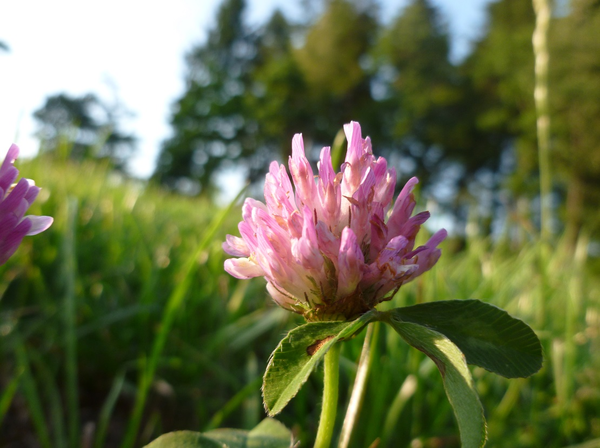
Forage value number 7
Red clover is a very valuable species for forage production, of which there are diploid and tetraploid varieties. The tetraploid varieties are usually higher yielding and less susceptible to diseases. Red clover forms a taproot that can reach depths of more than 100 cm. With sufficient moisture, the plant thrives in almost all soils. The pH value of the soil should be above 5.5. In combination with grasses, cultivation pauses of at least 3 years should be observed, with pure seeding of at least 6 years. Red clover not only increases the protein yield in the basic feed, but their polyphenol oxidases (PPO) also reduce the rapid protein breakdown in the rumen.
- Red flower
- Tussock-forming
- Velvety hairy leaves
- Upright growth
- No stolon